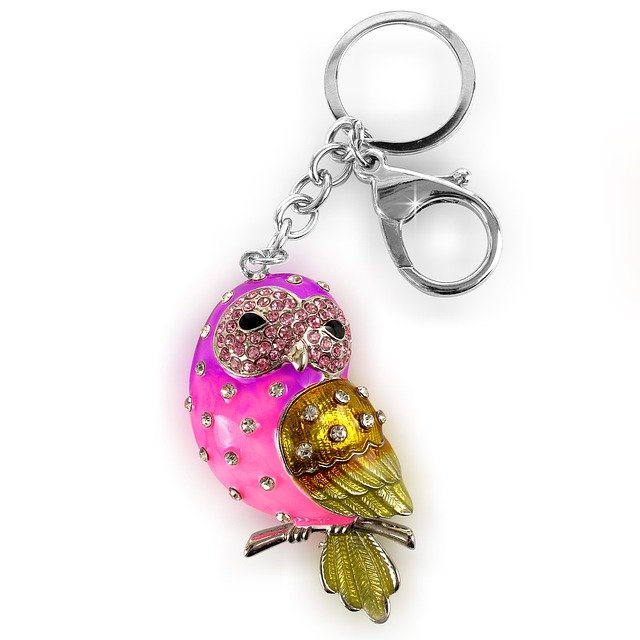Pendant: Design, Materials, and Wearing Style
A pendant is a small decorative object suspended from a chain, cord, or other support and worn as personal adornment. Pendants range from simple geometric shapes to detailed figurative pieces; they can carry sentimental, cultural, or aesthetic meaning. This article outlines how pendants relate to style, the materials and metalwork behind their making, and practical care and selection considerations.

Pendant as adornment and cultural meaning
Pendants function as both ornament and communicative object. As adornment, they can accent an outfit, mark an affiliation, or hold a personal memento such as a locket with a photograph. Across cultures, pendant forms—amulets, religious symbols, and insignia—have been used to express identity and belief. Designers and wearers consider scale, movement, and how the pendant sits against clothing; a pendant that hangs at the collarbone reads differently from a long, graduated piece that rests near the sternum.
Styles and choices: pendant and personal style
Choosing a pendant is an exercise in personal style. Minimalist tastes may favor clean lines, small discs, or geometric bars, while more expressive wardrobes incorporate layered chains, ornate settings, or gemstone focal points. Consider how the pendant’s weight, length of chain, and visual balance integrate with collars and necklines. For gifting, think about how the recipient usually dresses—do they prefer subtle adornment or statement pieces? Mixing metals (for example, silver with warm gold accents) can update a look, while staying monochrome supports a more restrained aesthetic.
Materials and metalwork in pendant making
Materials shape both appearance and durability. Common metals include sterling silver, various gold alloys, stainless steel, and brass. Precious metals are often chosen for longevity and hypoallergenic properties, while base metals can offer more affordable and trend-driven options. Gemstones, enamel, glass, and organic materials like wood or bone further diversify appearance. The metalwork that joins these elements—bails, settings, and clasps—must be well designed so the pendant hangs properly and resists wear. Metalwork choices also affect weight and cost, with hollow constructions reducing mass while still offering visible volume.
Techniques of metalworking for pendants
Pendant manufacture uses a range of metalworking methods, from traditional hand fabrication to contemporary casting and CAD-driven fabrication. Hand-formed techniques—sawing, soldering, filing, and finishing—allow for unique, one-off pieces with visible artisan marks. Lost-wax casting enables reproducing detailed forms from a master model. Surface finishes such as polishing, brushing, patination, or hammering change how light plays on the pendant. Mechanical elements like jump rings and secure bails require precise finishing to avoid stress points. Quality metalworking balances aesthetics with functional strength so the pendant survives regular wear.
Caring for your pendant and local services
Routine care extends a pendant’s life and appearance. Regularly inspect connections (bails, jump rings, and clasps) for wear, and clean according to materials—mild soapy water and a soft cloth for many metals; specialist cleaners for certain gemstones or enamel. Store pendants separately to avoid scratches and tangles. When repair, resizing, or professional cleaning is needed, look for trusted local services such as jewelers or metalworking studios in your area that specialize in repairs or custom work. Verify experience with the metal and techniques used in your piece to avoid unintended damage.
Conclusion
Pendants are versatile pieces that combine personal expression with practical considerations of material and construction. Understanding how a pendant functions as adornment, how different styles and materials influence wear and care, and the metalworking techniques behind a piece helps you choose and maintain items that match your aesthetic and lifestyle. Whether selected for meaning, fashion, or craftsmanship, a well-made pendant can be a lasting element of personal style.






